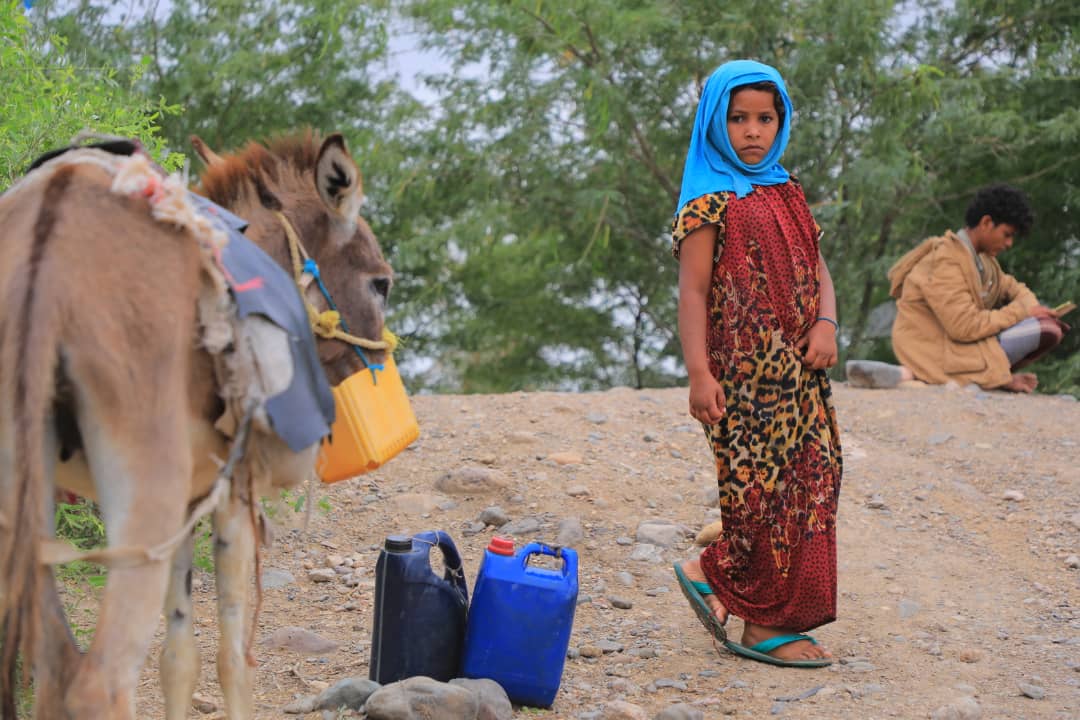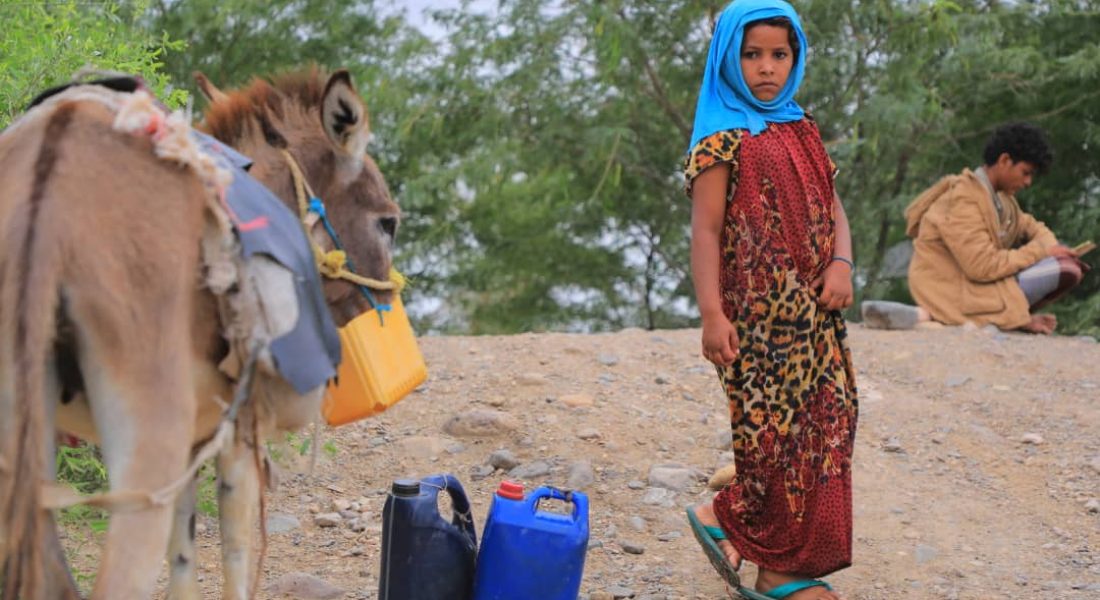
There are two types of mine clearance: humanitarian and military. What’s the difference between these, and how does Project Masam deal with the threat of landmines in Yemen?
We asked our Director of Special Operations, Chris Clark.
“There is a race to clear mines quicker than they are being laid, but the balance of that is that we have to do it safely and properly, which we do. In Yemen, landmines are not all off the shelf from a military store somewhere, they are unconventional.
“The difference is that military clearance is generally done to support a military activity: there might be an enemy minefield which troops need to get through so they will breach a way through it by clearing a patch suitable for their means. Of course, because it’s done in the heat of battle, there’s an inevitable losses situation.
“But when you move into humanitarian clearance as we’re conducting in Yemen, the end result has to be the total removal of the minefield in all sense and the assurance that we haven’t missed anything. Therefore, we conduct our processes in accordance to IMAS, which were developed to focus on this aspect.
“Part of the requirements to conform to IMAS is that every mine that we find needs to be accounted for and destroyed so they can’t be used as a weapon again.”
An estimated 1 to 2 million mines have been planted in Yemen. Since Project Masam operations started in July 2018, our demining teams have cleared 22,518,643m2 of civilian land, and destroyed 246,866 explosive devices including anti-personnel, anti-tank mines, unexploded explosive devices (UXOs) and improvised explosive devices (as at 14 May 2021).

